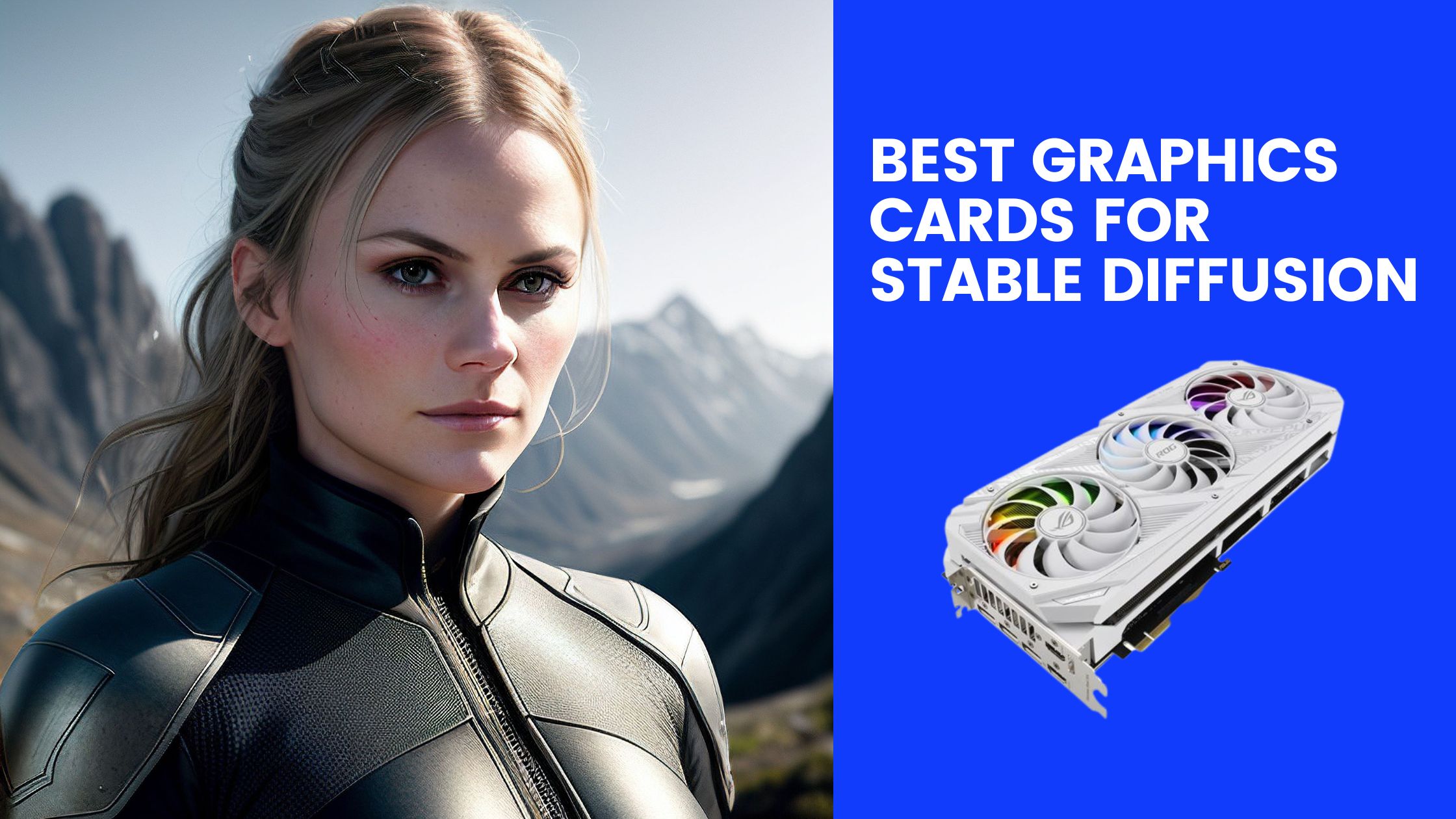Stable Diffusion AI Generator is a deep learning model that uses text-to-image technology to generate detailed images based on textual descriptions. The model was released in 2022 and has gained popularity due to its ability to create high-quality images that closely match the input text. In addition to its text-to-image capabilities, the Stable Diffusion AI Generator can be applied to other tasks such as image restoration and expansion, and image-to-image translation guided by textual prompts.
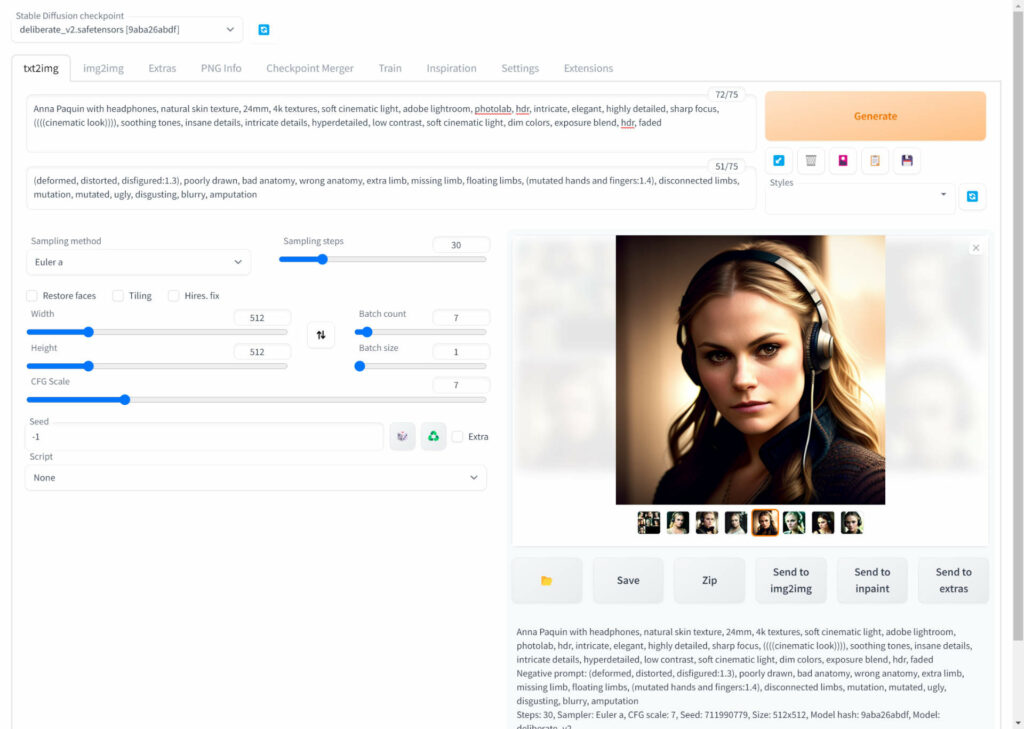
The software plays a critical role in various fields such as gaming and digital art. To run Stable Diffusion AI art generator efficiently, it’s crucial to invest in a powerful graphics card that can handle the computational demands of this process. In this blog post, we’ll discuss the best graphics cards available for running stable diffusion, along with their respective features and specifications. Ready? Let’s go!
Minimum Requirements for Stable Diffusion AI Software
When it comes to running a Stable Diffusion AI Generator, meeting the minimum requirements for your graphics card is crucial. A graphics card that fulfills these requirements ensures that the AI generator can perform complex calculations and generate realistic images or animations efficiently. Failing to meet the minimum requirements may result in poor performance, longer rendering times, or even the inability to run the generator altogether. With that in mind, let’s discuss the minimum requirements for a graphics card to run a Stable Diffusion AI Generator effectively.
- GPU: A GPU with at least 4 GB of dedicated memory (GDDR5 or better) is required. This enables the card to store the necessary data and perform the complex calculations required for stable diffusion AI generation.
- DirectX: A graphics card that supports DirectX 12 or higher is essential for compatibility with modern software and hardware.
- Shader Model: Your graphics card should support Shader Model 5.0 or higher to efficiently run the shaders involved in stable diffusion AI generation.
- Compute Capability: Ensure that your graphics card has a compute capability of at least 3.5 to handle the intensive calculations involved in stable diffusion AI generation.
- Memory Bandwidth: A minimum of 200 GB/s memory bandwidth is necessary for adequate data transfer rates between the GPU and its memory.
- GPU Architecture: A more recent GPU architecture, such as NVIDIA’s Turing or Ampere or AMD’s RDNA, is recommended for better compatibility and performance with AI-related tasks.
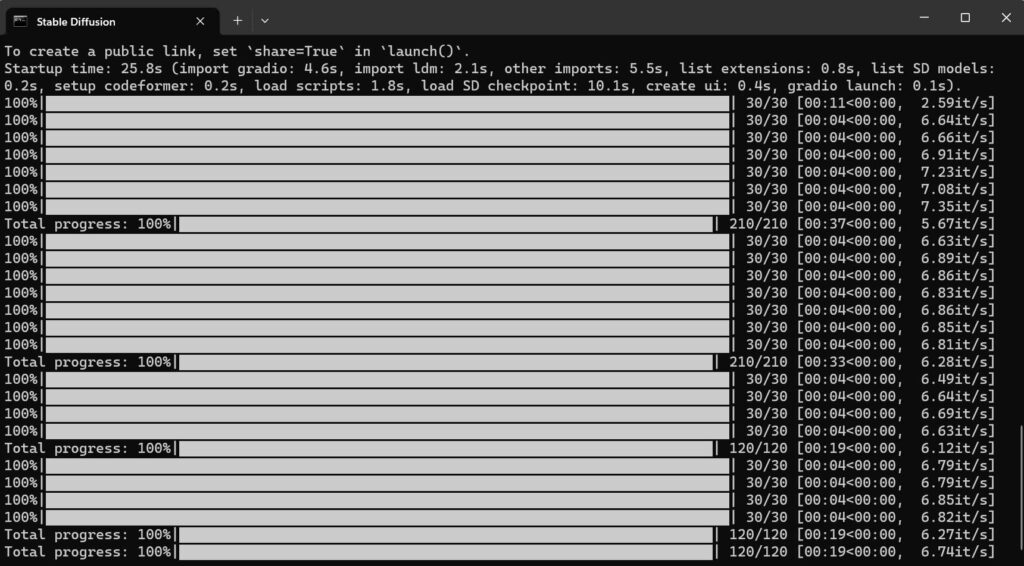
By ensuring that your graphics card meets these minimum requirements, you can expect satisfactory performance when using a Stable Diffusion AI Generator. However, keep in mind that upgrading to a higher-end graphics card will provide even better performance and capabilities, enabling faster rendering times and more complex simulations.
Best Mid Range Options
NVIDIA GeForce RTX 3060
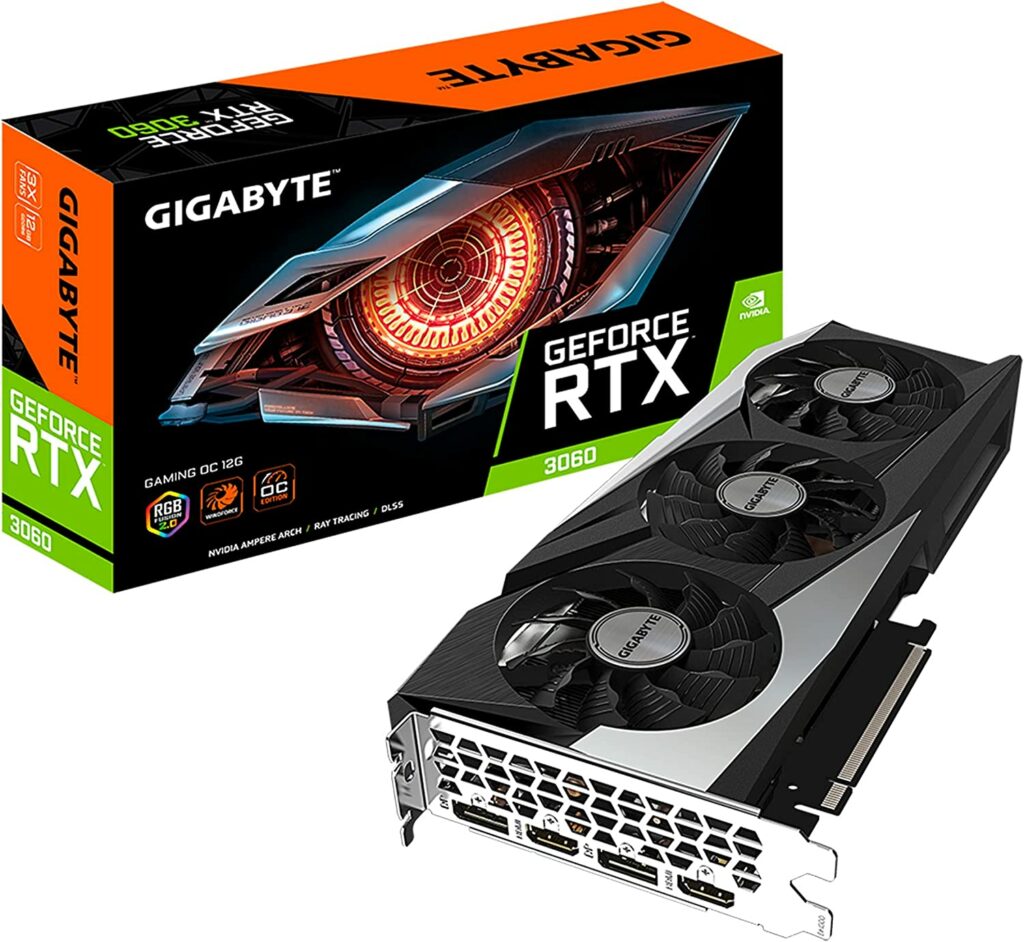
The NVIDIA GeForce RTX 3060 is an excellent mid-range option for those looking to run a Stable Diffusion AI Generator without breaking the bank. With 12 GB of GDDR6 memory, this card offers ample memory bandwidth to handle data-intensive tasks such as AI art generation. The Ampere architecture, along with Tensor cores and hardware support for AI features, enhances the efficiency and performance of AI-related workloads.
Key Features:
- 12 GB GDDR6 memory
- 3,584 CUDA cores
- DirectX 12 Ultimate support
- Tensor cores for AI acceleration
AMD Radeon RX 6700 XT
The AMD Radeon RX 6700 XT is a strong competitor to the RTX 3060, offering similar performance at a comparable price point. This graphics card features 12 GB of GDDR6 memory and a 192-bit memory interface, providing sufficient memory bandwidth for stable diffusion AI generation. The RDNA 2 architecture and Infinity Cache technology enable fast data access and improved performance for AI workloads.
Key Features:
- 12 GB GDDR6 memory
- 2,560 stream processors
- DirectX 12 Ultimate support
- Infinity Cache technology for improved performance
Best High End Options
NVIDIA GeForce RTX 3080
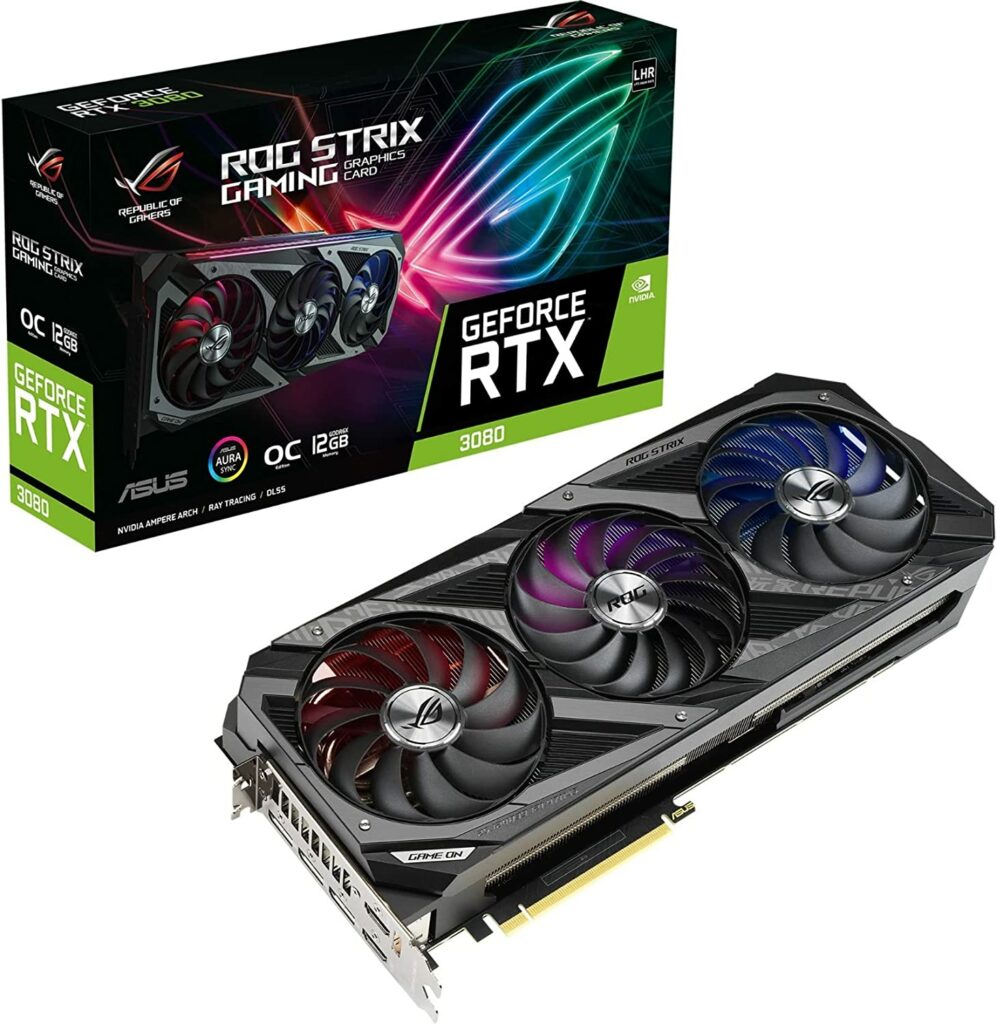
For users seeking a more powerful option, the NVIDIA GeForce RTX 3080 is a top-tier choice. This high-end graphics card boasts 10 GB of GDDR6X memory and a staggering 8,704 CUDA cores, delivering exceptional performance for AI art generation tasks. The inclusion of Tensor cores and hardware support for AI features, combined with the Ampere architecture, allows for faster and more efficient AI-related computations.
Key Features:
- 10 GB GDDR6 X memory
- 8,704 CUDA cores
- DirectX 12 Ultimate support
- Tensor cores for AI acceleration
AMD Radeon RX 6800 XT
As a high-end competitor to the RTX 3080, the AMD Radeon RX 6800 XT is another powerful graphics card option for Stable Diffusion AI Generator. With 16 GB of GDDR6 memory and 4,608 stream processors, this card delivers top-notch performance for demanding AI art generation tasks. The RDNA 2 architecture and Infinity Cache technology work together to enable fast data access and improve performance for AI-related workloads.
Key Features:
- 16 GB GDDR6 memory
- 4,608 stream processors
- DirectX 12 Ultimate support
- Infinity Cache technology for improved performance
When Money Is Not An Option
NVIDIA GeForce RTX 3090
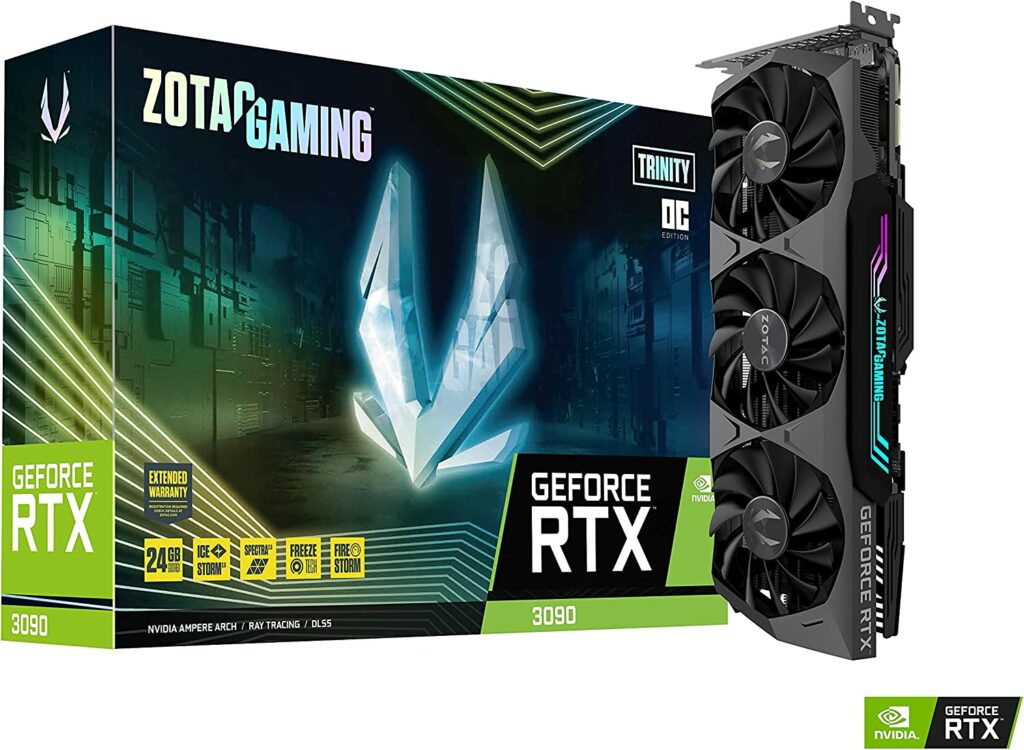
The NVIDIA GeForce RTX 3090 is the ultimate graphics card for those seeking the best possible performance for Stable Diffusion AI Generator. With a massive 24 GB of GDDR6X memory and 10,496 CUDA cores, this card can handle the most demanding AI art generation tasks with ease. The RTX 3090 is ideal for professionals working with large datasets, high-resolution textures, or complex simulations. Tensor cores and hardware support for AI features, along with the Ampere architecture, make this card highly efficient for AI-related tasks.
Key Features:
- 24 GB GDDR6X memory
- 10,496 CUDA cores
- DirectX 12 Ultimate support
- DLSS support
Conclusion
When choosing the best graphics card for Stable Diffusion AI Generator, it’s essential to consider your specific needs and budget. For most users, mid-range options like the NVIDIA GeForce RTX 3060 or AMD Radeon RX 6700 XT offer the best balance between performance and cost. However, if you require top-tier performance for complex tasks or professional work, the NVIDIA GeForce RTX 3080, AMD Radeon RX 6800 XT, or NVIDIA GeForce RTX 3090 may be worth the investment.
Remember to consider the minimum requirements for running a Stable Diffusion AI Generator, including GPU memory, DirectX support, shader model, compute capability, and memory bandwidth. By selecting a graphics card that meets or exceeds these requirements, you’ll ensure that your system can handle the computational demands of AI art generation and deliver visually stunning results.

